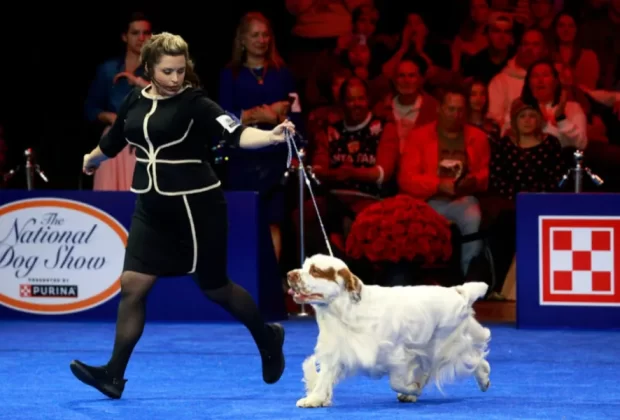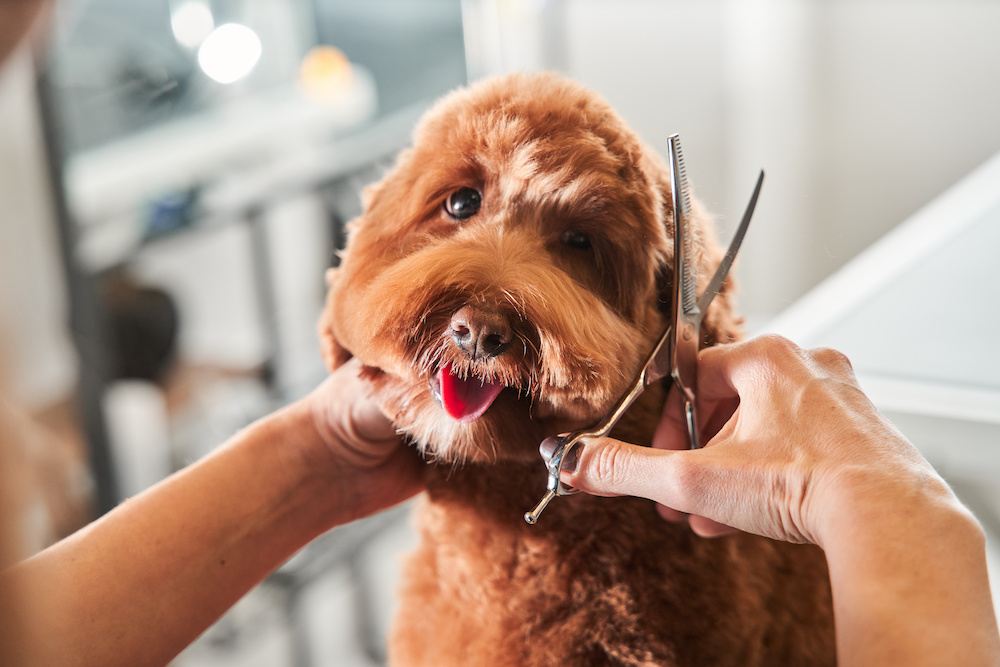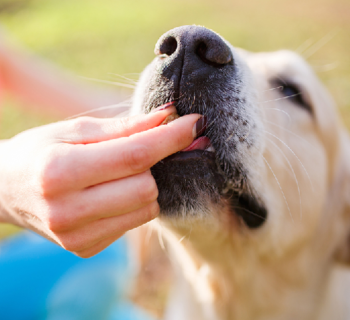Conformation is the foundation of dog shows, determining how well a dog adheres to the established breed standard. These standards are not about personal preference but are carefully crafted guidelines that define the ideal physical structure, movement, and temperament of each breed. The purpose of conformation is to evaluate which dogs best represent their breed, ensuring that future generations maintain the traits for which they were originally bred.
Breed standards serve as a blueprint for what a dog should look like and how it should perform its intended function. Each breed was developed with specific physical and behavioral traits suited for a particular job, whether it was herding livestock, retrieving game, or guarding property. Conformation ensures that these qualities are preserved over time. Judges assess dogs based on their structure, proportion, coat, movement, and overall presence, looking for those that come closest to the ideal description of the breed.
A well-structured dog is not only aesthetically pleasing but also functional. Proper conformation contributes to a dog’s ability to move efficiently, maintain endurance, and remain healthy throughout its life. For instance, a herding dog with correct angulation and balance will be able to move livestock effectively without unnecessary strain. A hunting breed with the right build will have the stamina and agility needed for fieldwork. Dogs that deviate too far from the breed standard may develop structural weaknesses that affect their ability to perform their traditional roles.
In the show ring, conformation is about more than just appearance. Judges evaluate each dog’s movement, looking for smooth and effortless gait that reflects correct structure. A well-balanced dog will move with efficiency and power, demonstrating the soundness of its build. Poor movement, whether due to incorrect angulation or weakness in the legs, can indicate underlying structural issues that may lead to long-term health problems. This is why conformation is so important—it helps identify the best examples of a breed, ensuring that only the strongest and most structurally sound dogs are selected for breeding.
Beyond structure and movement, temperament plays a crucial role in conformation. Each breed has specific personality traits that make it suitable for its historical purpose. A confident and alert expression in a guarding breed, a gentle and friendly demeanor in a companion breed, or a focused and determined attitude in a working breed—all these qualities matter in conformation judging. A dog that looks perfect but lacks the proper temperament may not be an ideal representative of its breed.

Dog shows provide an essential platform for evaluating conformation in a competitive setting. Judges, who are experts in breed standards, assess each dog against the ideal and select the best representatives. Winning in the show ring is not just about prestige; it signifies that a dog possesses the qualities necessary to contribute to the future of the breed. Responsible breeders use conformation results to guide their breeding programs, selecting dogs that exhibit the strongest traits to produce future generations that meet the highest standards.
The impact of conformation extends beyond the show ring. It plays a vital role in maintaining the integrity of purebred dogs. Without a focus on breed standards, dogs could lose the qualities that make them unique and capable of performing their intended tasks. Careful evaluation ensures that future generations remain healthy, functional, and true to their historical purpose.
For dog owners and enthusiasts, understanding conformation provides a deeper appreciation for the careful breeding and training that go into producing top-quality dogs. It highlights the importance of structure, movement, and temperament in creating a well-balanced animal. Whether competing in the show ring or simply admiring a well-bred dog, conformation serves as a reminder of the dedication required to preserve and protect the legacy of each breed.









